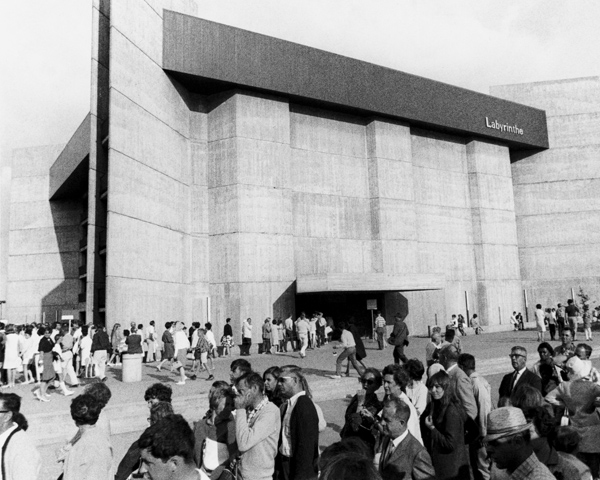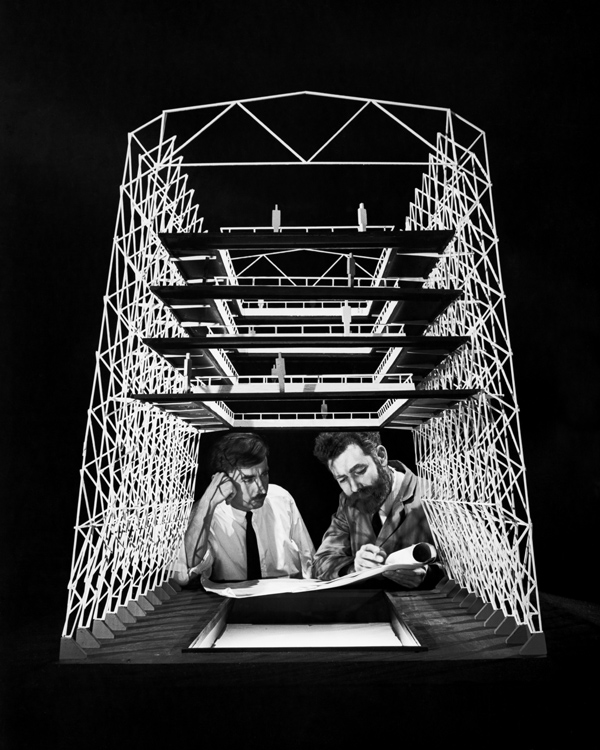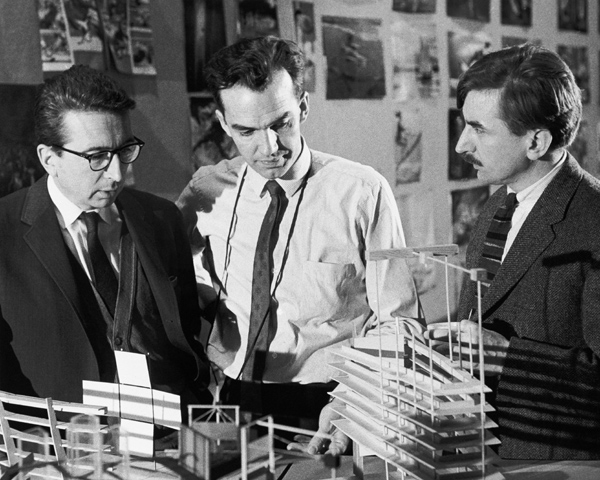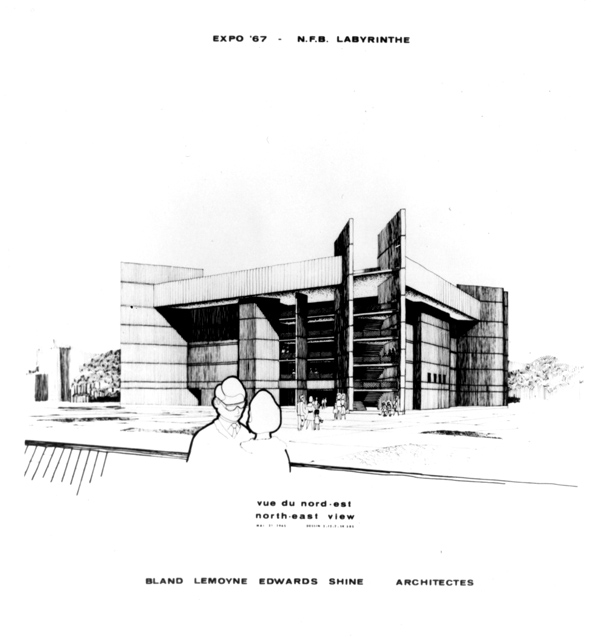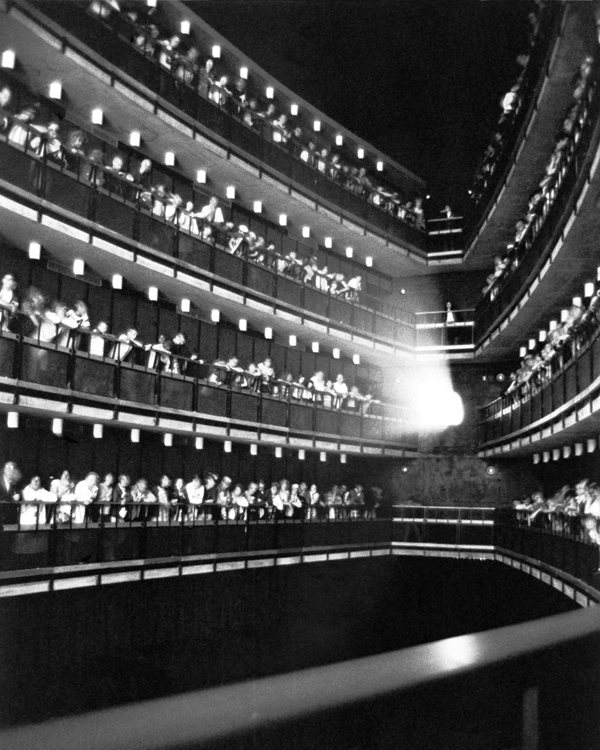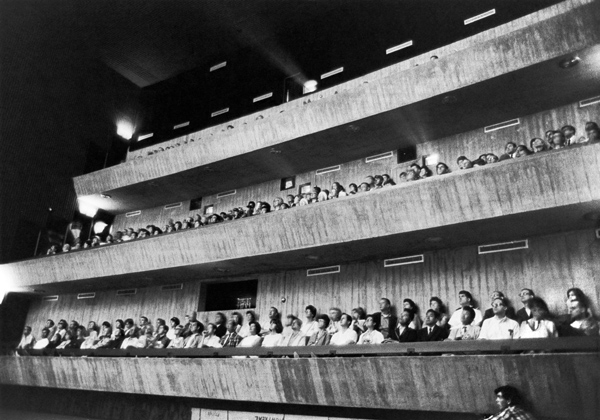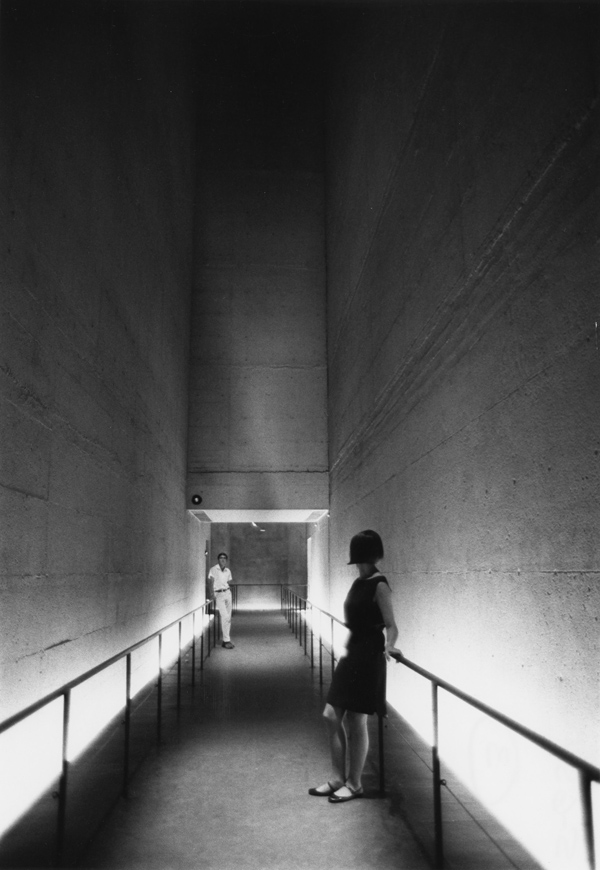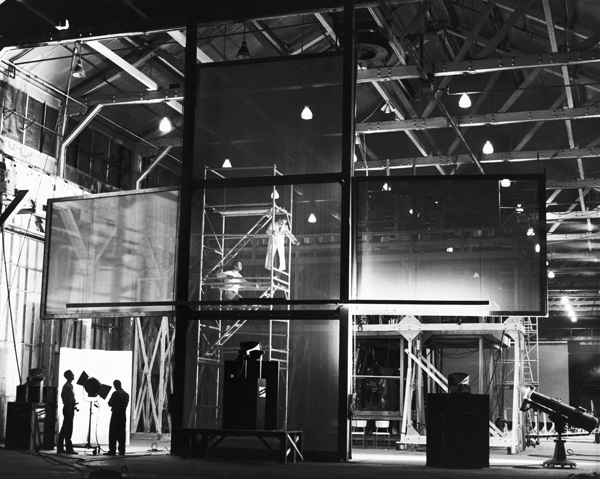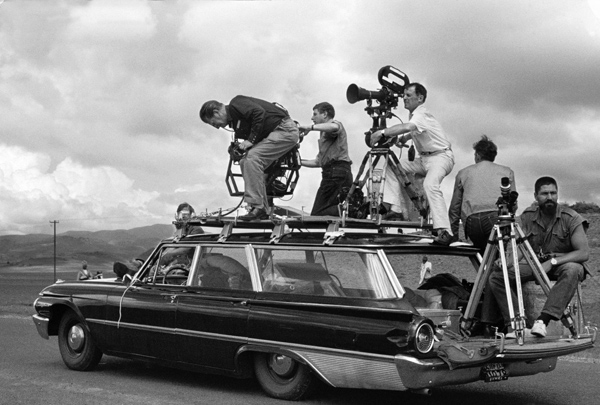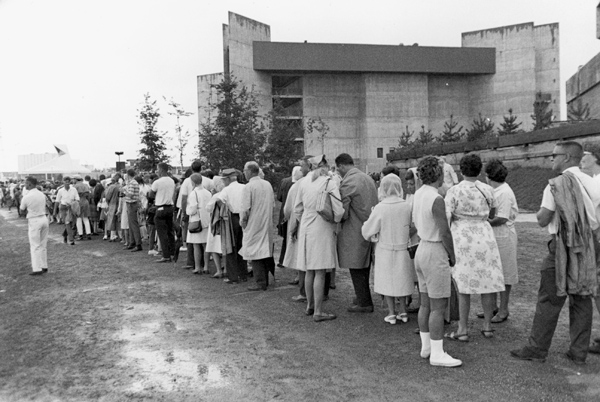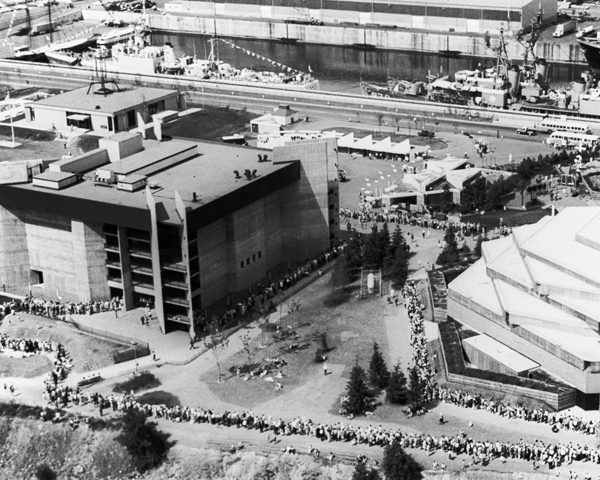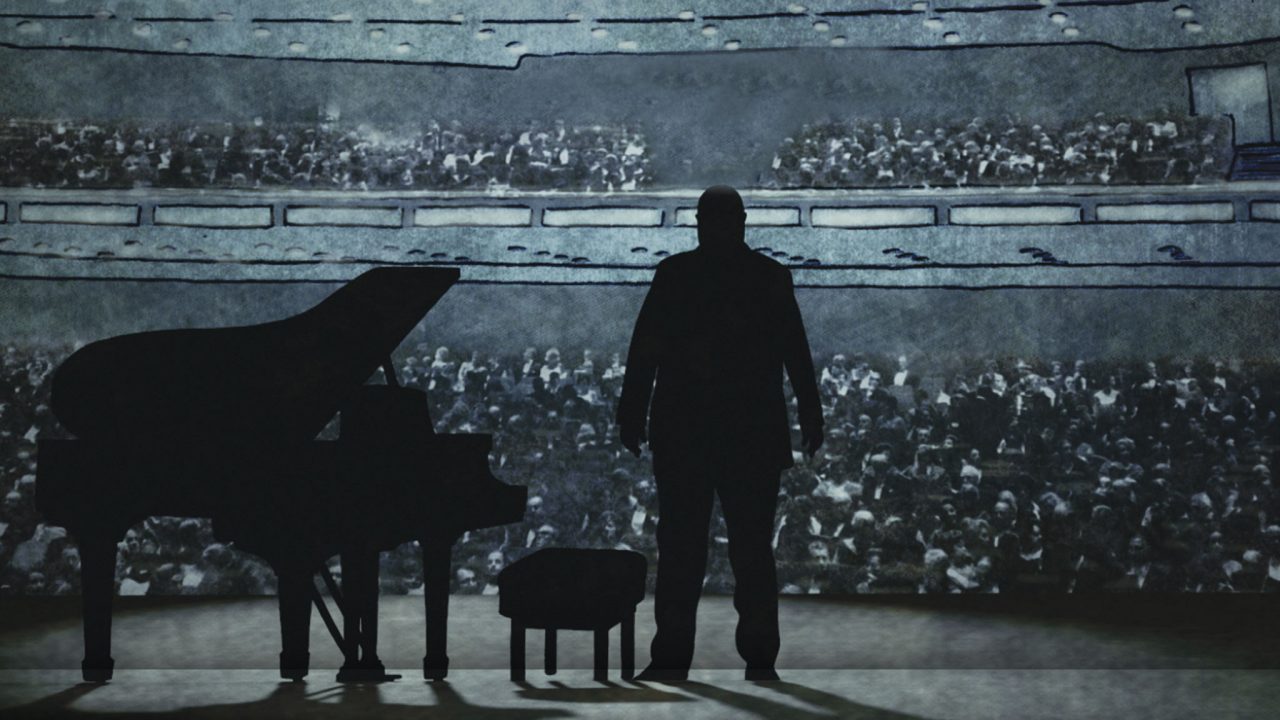
The history of Expo 67’s Labyrinth Pavilion
The history of Expo 67’s Labyrinth Pavilion
Expo 67 Live, a cinematic experience entirely made of archive treasures, will occupy the Place des Arts esplanade from September 18 to 30, 2017. Produced by the NFB in collaboration with Radio-Canada and Society for the Celebrations of Montréal’s 375th Anniversary, this unique installation by Karine Lanoie-Brien will make you relive the highlights of the 1967 World Exhibition.
Inspired by a Greek myth
One of the highlights of Expo 67 was certainly the creation of the Labyrinth Pavilion by the NFB. A five-storey building with two screening halls and a transition hall. Designed by producers and filmmakers Colin Low, Roman Kroitor and Hugh O’Connor, the pavilion brought to mind Daedalus’ labyrinth where Theseus killed the Minotaur. But what was inside this Labyrinth?
In the heart of the Labyrinth Pavilion
The audience was invited to a first screening in Hall I. Standing on eight balconies spread over four floors, they could see on two screens, measuring eleven-and-a-half meters by six meters each, one installed on the ground, the other set up vertically, images symbolizing the entry of man into the world, the innocence of childhood and the joie de vivre of adolescence. Two hundred and eighty-eight speakers arranged behind the screens ensured a sound experience that had been unmatched until then.
Then they crossed Hall II, a transitional space filled with colour and music evoking the mazes of a labyrinth before reaching Hall III.
A magnificent and innovative show
It was this last hall that held the highlight of the show! A film projected simultaneously by five projectors on five large screens arranged in the shape of a cross. A sensory experience so unprecedented that it would closely match what IMAX technology would offer years later! Filmed in Ethiopia, Japan, Cambodia, the United States, Greece, India, the United Kingdom, Canada and the former USSR, which at the time was a feat, In the Labyrinth (1967) was intended as a modern interpretation of the myth of Theseus and the Minotaur.
A technical marvel: from multiscreen to five-camera filming
Multiscreen projection was not an entirely new experience for spectators of the time. In Czechoslovakia, in the 1930s and 1940s, theatre productions already used a multiscreen projection technique called “polyecran”. In 1958, it made its appearance at the Universal Exhibition in Brussels then it found itself in New York in 1964. But this technique only applied to the projection stage. Kroitor, Low and O’Connor’s stroke of genius was to use it at every moment while making their film. The team shot images with five cameras placed on a cruciform mount, coordinated the editing of the five films to ensure the consistency of the images, and then ensured that they were broadcast simultaneously. This new technique required the perfect synchronization of the cameras, editing equipment and projectors.
Massive queues for this huge success
The Labyrinth opened its doors in April 1967. Montrealers still remember the long lines to get in. Several million people experienced the show presented in two parts in Halls I and III of the immense five-storey structure of the Cité du Havre. While the other thematic pavilions of Man and His World showed the conquests of humans on the environment, the Labyrinth offered an inner journey where the public discovered how humans conquered their inner selves.
Want to see more of Expo 67?
-
Pingback: The history of Expo 67's Labyrinth Pavilion | | Tinseltown Times
